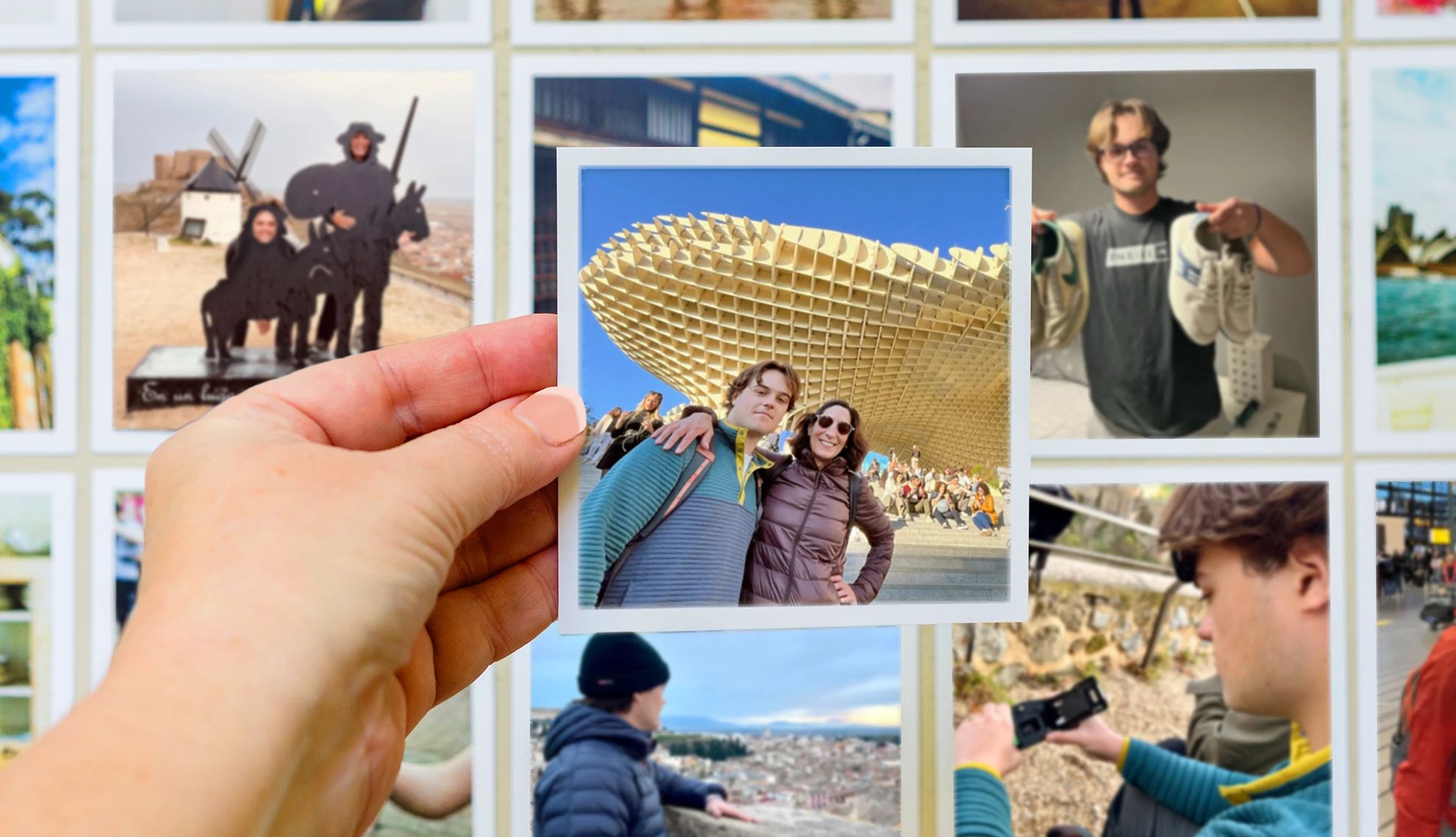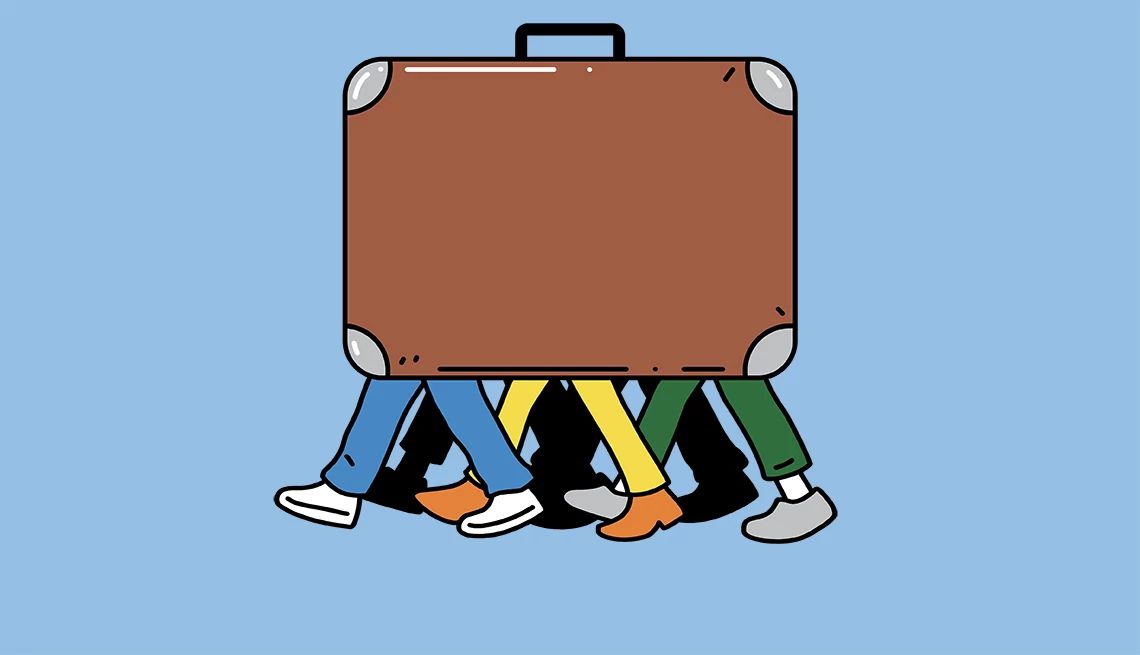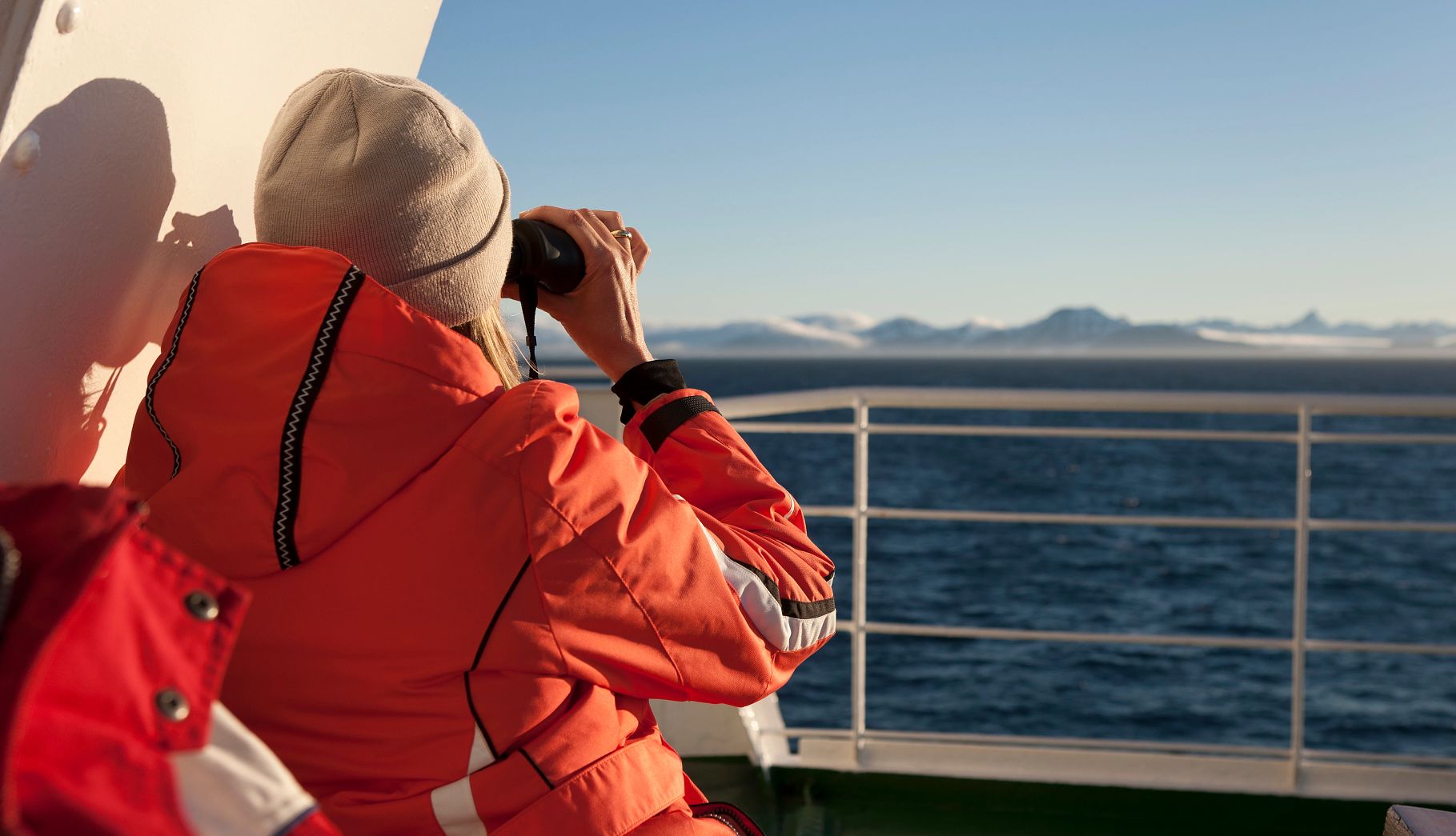AARP Hearing Center
In the airport heading to Europe, my nephew, John, asked, “Can you help me load film into this camera?” as he held up a vintage Olympus his sister bought him for our trip.
Helping John load and unload film was just one of the many memories and shared experiences of our three-week adventure.
My 64-year-old significant other and I (50-something) have traveled to Europe before, but this was my 22-year-old nephew’s first time there. We decided to travel in January, between John’s graduation from college in December and the start of his engineering job in March. Fewer crowds and lower prices made up for the cold and occasional rain we encountered.
John picked Spain for a deep-dive road trip, and we added three days in Amsterdam beforehand. This was the third time the three of us had traveled together; the others were shorter trips, but it had been five years.
As travel demand continues to climb post-pandemic, family travel is also on the rise, says Peter Bopp, a research adviser to the Family Travel Association (FTA).
And AARP research found that family or multigenerational travel is a priority for people 50-plus.
Here are eight highlights of what I learned about myself, my travel companions and more:

.jpg_master.jpg?crop=true&anchor=22,203&q=80&color=ffffffff&u=hg9ney&w=2011&h=1155)
1. Be open to new experiences
A 2023 survey by the FTA, Edinburgh Napier University in Scotland and the New York University School of Professional Studies found that respondents believed family travel makes children more adaptable, adventurous and open to new experiences.
I confess to wanting to instill in John a love of travel and other cultures that I acquired in my 20s during a college semester in Italy and a year and a half traveling around Europe.
John’s main goal for the trip was to “try as many new things as possible, especially food,” he says. He ate stroopwafels, sardines, octopus and more. John and I tried an after-dinner liqueur made from rice. All three of us sipped Spanish vermouth for the first time.
In Toledo, Spain, we stumbled across an exhibition called Ancient Instruments of Torture. It isn’t something my partner and I would have done, but John was interested, so we all bought tickets. It was morbidly fascinating to learn about some of the tools, such as the rack and thumbscrews, used during the Spanish Inquisition.
“I feel like I’m pretty open to doing a lot of different things and going with the flow, but when you travel with other people, you realize you’re not as open as you thought you were,” John says. “Traveling for the last few weeks has made me realize that I should break routine more often.”

.jpg_master.jpg?crop=true&anchor=16,292&q=80&color=ffffffff&u=hg9ney&w=1957&h=1124)
2. Let go
Not only does delegating responsibility let everyone participate, it reduces stress and avoids conflict. Pre-trip, we discussed our preferences for where we wanted to go and what we wanted to do. John picked the destinations; we all helped plot out our Seville-to-Madrid-to-Barcelona road trip, and my partner and I made the car rental and most of the lodging decisions.
































































.png_master.png?crop=true&anchor=221,188&color=ffffffff&u=hg9ney&w=1726&h=992)
%2520and%2520her%2520nephew,%2520John,%2520have%2520some%2520fun%2520at%2520Don%2520Quixote%2527s%2520windmills%2520in%2520Spain.%2520(Courtesy%2520of%2520Sheryl%2520Jean).jpg_master.jpg?crop=true&anchor=5,146&q=80&color=ffffffff&u=hg9ney&w=1814&h=1042)
.png_master.png?crop=true&anchor=14,522&color=ffffffff&u=hg9ney&w=2011&h=1155)




